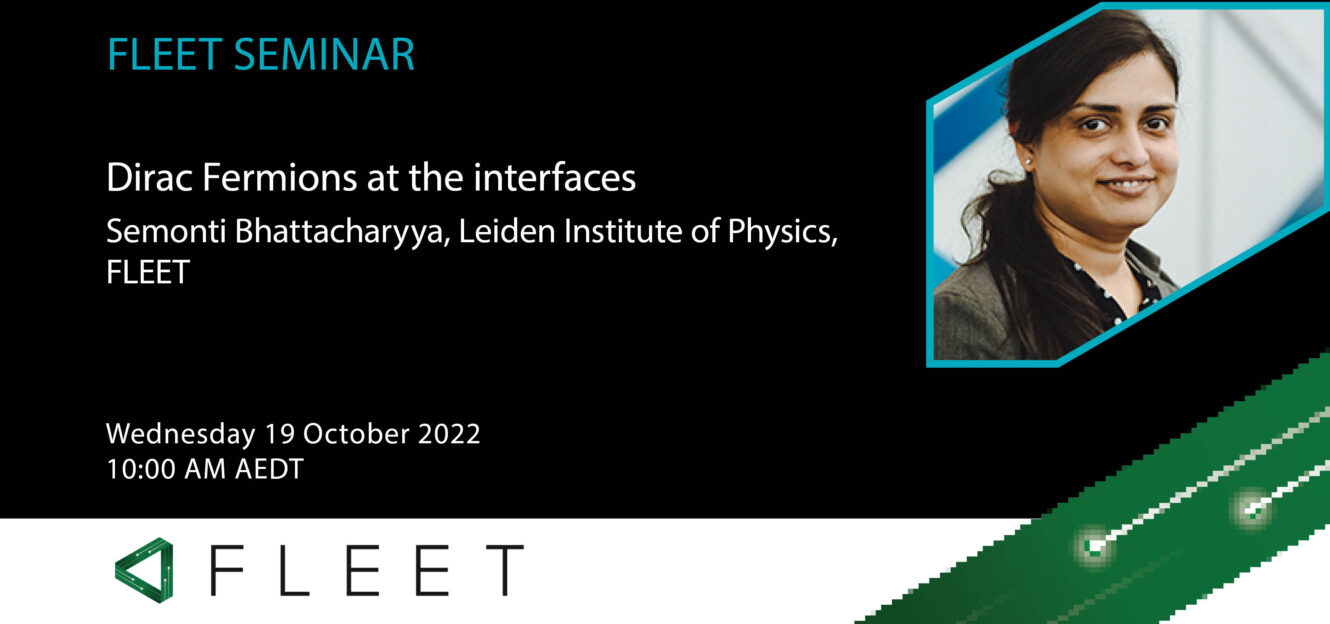-
19 Oct 2022
4:00 pm - 5:00 pm
Semonti Bhattacharyya, Leiden Institute of Physics, Leiden University
Monash University, Melbourne, ARC Centre of Excellence in Future Low Energy Electronics Technology
The low-energy electrons in graphene and topological insulators manifest themselves as Dirac fermions, because of their linear band structures. These electrons are unique compared to ordinary semiconductors because of their gapless nature, and protection from scattering, resulting in superior electronic properties. Further, by their very nature, these states appear at the surface, making them susceptible to external disturbances from their immediate surroundings.
We aim is to use these perturbations to manipulate the electronic properties of these Dirac fermions. Deliberate manipulations of such interactions can give rise to new emergent states and lead to novel functional devices.
In the first part of the talk, I will explore the influence of dielectrics (in particular squeeze-printed Ga2O3) in proximity to graphene, and their effect on scattering electrons. Electrical transport is often substrate-limited in graphene, resulting from the scattering of graphene electrons by charged impurities and remote optical phonons in the substrate. Temperature-dependent electrical measurements of millimeter-scale passivated and bare CVD graphene on SiO2/Si indicate that the passivated graphene retains its high field effect mobility, desirable for applications. Surprisingly, the temperature-dependent resistivity is reduced in our passivated graphene over a range of temperatures below 230 K, due to the interplay of screening of the remote optical phonon modes of the SiO2 by the high-dielectric-constant of Ga2O3, and the relatively high characteristic phonon frequencies of Ga2O3. The Raman spectroscopy and electrical measurements indicate that Ga2O3 passivation also protects graphene against further processing such as plasma-enhanced atomic layer deposition of Al2O3.
In the second part of the talk I will also give updates on our recent work on engineering topological phase transitions in van der Waals heterostructures of topological insulators, and briefly touch upon my future plans at my new research group at Leiden University.
Semonti is Assistant Professor at Leiden Institute of Physics (





